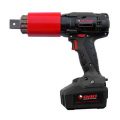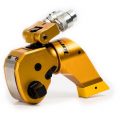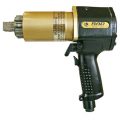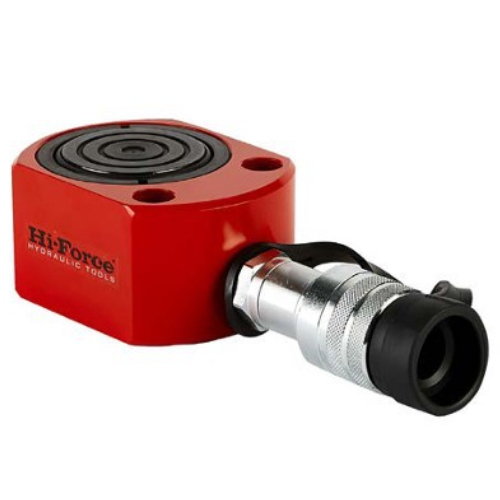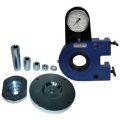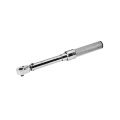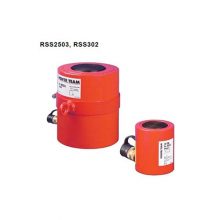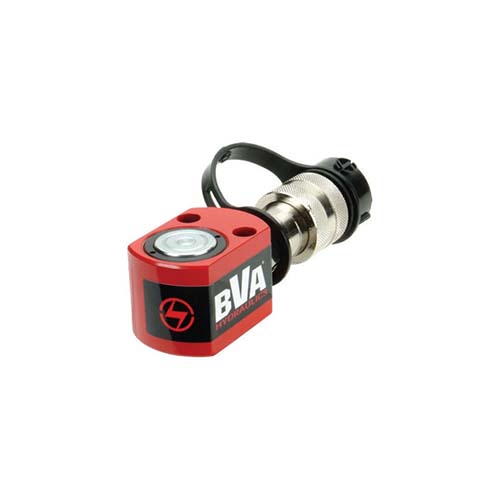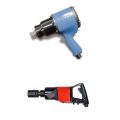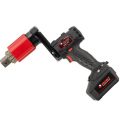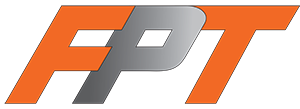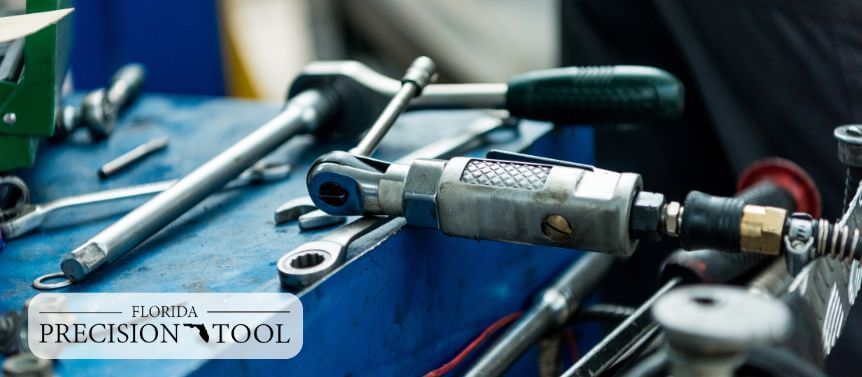How Do I Know if My Torque Wrench is Calibrated?
How can you tell if your torque wrenches are properly calibrated?
In the realm of precision tools, the torque wrench stands as a cornerstone for ensuring accurate and reliable fastening. Whether you’re tightening bolts on a critical piece of machinery or assembling components for an aerospace application, the torque wrench plays a pivotal role. However, to maintain its effectiveness, it’s crucial to ensure that your torque wrench is properly calibrated. In this guide, we’ll delve into the intricacies of torque wrench calibration, offering insights into how you can determine if your tools are accurately calibrated.
Understanding Torque Wrench Calibration
Before we dive into the indicators of a well-calibrated tool, let’s briefly touch on what calibration entails. Torque wrench calibration refers to the process of verifying and adjusting the tool to ensure its torque readings are accurate within a specified range.
This calibration process is essential because even minor inaccuracies can lead to under- or over-tightening of fasteners, potentially compromising the integrity of the assembly.
Signs of a Well-Calibrated Torque Wrench
Consistent Torque Readings: A properly calibrated torque wrench will consistently provide accurate torque readings when applied to the same fastener or setting. If you notice significant variations in the torque readings despite applying the same amount of force, it could be an indication that your wrench requires calibration.
Wrench Clicks at the Set Torque Value: Most torque wrenches are designed to emit an audible click or signal when the preset torque value is reached. This feature ensures that the desired torque is applied accurately. During calibration, technicians adjust the wrench to ensure that it clicks precisely at the set torque value. If the wrench clicks before or after reaching the intended torque, it may require calibration.
Smooth Operation: A well-calibrated torque wrench operates smoothly throughout its range without any sudden jumps or resistance. If you experience irregularities or roughness while turning the wrench, it could suggest a calibration issue.
Square Drive Engagement: The square drive of the torque wrench should engage smoothly with the fastener or socket without any wobbling or play. Misalignment or poor engagement could lead to inaccurate torque readings, indicating the need for calibration.
Methods to Verify Calibration
Comparison with Known Standards: One of the most reliable methods to verify calibration is by comparing its readings with those of a known calibrated standard. This can be done using a torque tester or a calibrated reference wrench. By applying the same torque to a fastener with both the tested wrench and the calibrated standard, you can determine if there are any discrepancies in the readings.
Mobile Torque Wrench Calibration Services: In situations where you don’t have access to calibrated standards or testing equipment, mobile calibration services offer a convenient solution. These services dispatch technicians equipped with portable calibration equipment to your location, allowing for on-site calibration of your torque wrenches.
Visual Inspection: While not as precise as other methods, a visual inspection can sometimes reveal signs of calibration issues. Examine the torque wrench for any physical damage, such as bent handles or misaligned components, that could affect its accuracy. Additionally, check for any loose or damaged set screws that may impact the wrench’s calibration.
Mobile Torque Wrench Calibration Services
For industries where downtime is costly and transportation of equipment is impractical, mobile torque wrench calibration services offer a tailored solution. These services bring calibration expertise directly to your doorstep, eliminating the need to transport heavy or sensitive equipment to off-site facilities.
Equipped with state-of-the-art calibration tools and expertise, technicians can calibrate torque wrenches efficiently and accurately at your facility. This on-demand service not only minimizes operational disruptions but also ensures that your torque wrenches are calibrated to industry standards without compromising precision or safety.
On-Site Torque Wrench Calibration
In scenarios where precision is paramount and the integrity of torque readings cannot be compromised, on-site torque wrench calibration provides the ultimate assurance. With on-site calibration, technicians visit your facility equipped with specialized equipment to calibrate torque wrenches in their actual operating environment.
This approach offers several advantages, including the ability to account for environmental factors such as temperature and humidity, which can affect calibration accuracy. By calibrating torque wrenches on-site, you can maintain optimal productivity while ensuring the accuracy and reliability of your precision tools.
Additionally, on-site calibration minimizes the risk of damage during transportation and allows for immediate validation of performance in real-world applications.
Contact Florida Precision Tool for Mobile Torque Wrench Calibration in Tampa
Maintaining the accuracy of torque wrenches is paramount for ensuring the safety and reliability of mechanical assemblies across various industries. By understanding the signs of a well-calibrated torque wrench and employing appropriate verification methods, you can confidently rely on your precision tools to deliver accurate torque readings.
Whether through comparison with calibrated standards or leveraging mobile calibration services, prioritizing torque wrench calibration is essential for precision, efficiency, and safety in mechanical applications.
Contact Florida Precision Tool for mobile and on-site torque wrench calibration in Tampa.

